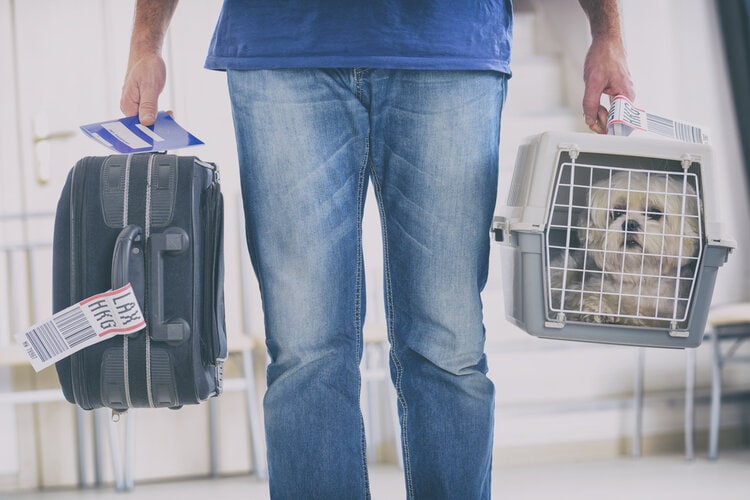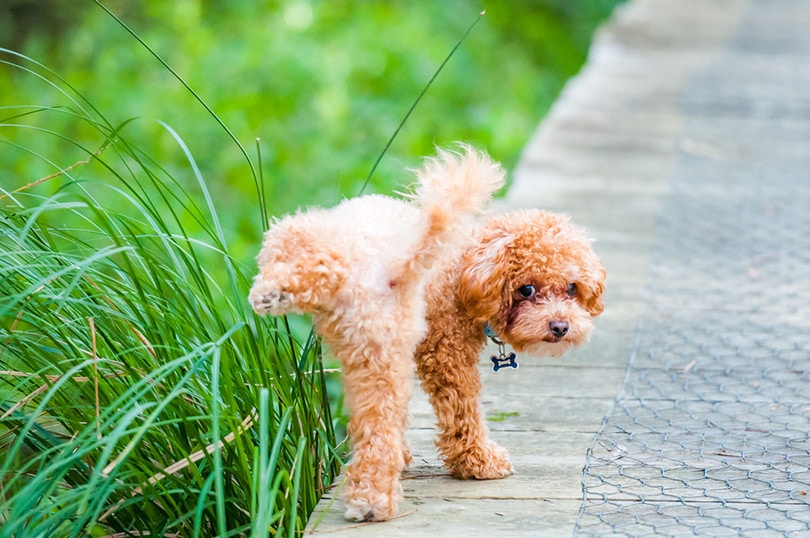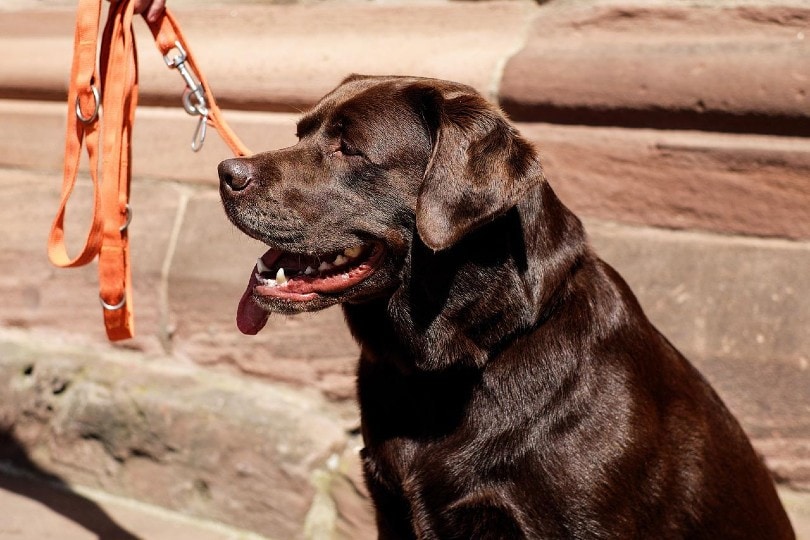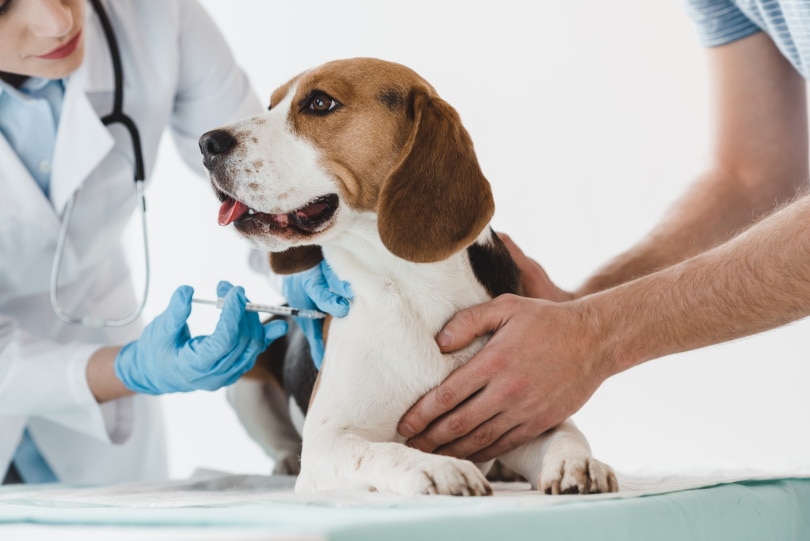
Whether you are traveling for business or planning a family vacation, more pet owners are taking their dogs along. Yes, taking your dog with you when you travel is becoming increasingly popular, and hotels and businesses are welcoming your four-legged friend.
So, the next time you take a trip, here are some things to know if you plan to take Dido with you.
The 10 Tips on How to Travel with a Dog
1. Talk to Your Vet
Check with your vet about any health issues or concerns before taking your dog on a trip. Have them check to be sure all vaccinations have been administered, and all necessary paperwork is in order. If your pet has a microchip, be sure it is intact and working properly. Schedule any upcoming checkups before the trip. That way, if the dog has any health problems, they can be addressed before you go.
It is also beneficial to give the vet a heads-up that you are taking the dog on a trip in case there is an emergency while you are away.
2. Include Your Dog’s Shot and Medical Records When You Pack
If there is an emergency while you are away with your pet, medical records will come in handy. If your dog gets sick or injured, the last thing you want is to delay treatment while the emergency clinic waits for medical information from your vet.
In some cases, you may need to show proof of vaccinations for your dog to be able to join you. For instance, you may need them if you are entering another country.

3. ID Tags and Microchip
Be sure that all information contained on the dog’s ID tags is up-to-date and legible. ID tags can get worn and scratched, which can make them difficult to read. If you were to get separated from your pet, you want your contact information to be clear and easily available.
If your dog has a microchip, verify the current information with the microchip company as well.
4. Keep All Your Dog’s Essentials With You
You will want to be sure that you have all your dog’s essentials, like food, water, and medication with you. If the car were to break down or your luggage is lost, you may not have access to a pet store or be able to replace medications.
It is also a good idea to have treats available when you are in unfamiliar territory. Treats will help to keep your dog behaving in a new and exciting environment.

5. Take the Dog’s Favorite Things
Dogs love it when they get to tag along with their owners. Whether it is a short trip to the store or on an adventure, they can get excited. They can get a little stressed also. Having something from home can help them feel calm. So, take their bed or their favorite toy or blanket so they have something familiar from home.
6. Plan Exercise and Potty Breaks
Like children, dogs require frequent potty breaks. They also need to be able to stretch their legs and release some energy. If you are in the car, look for places that are dog friendly to stop and take a break.
For dog owners who may be flying with their pets, ask for directions to areas that are specifically for dogs to relieve themselves before your departure and upon your arrival.

7. Water, Water, Water!
It is important to keep your dog hydrated. Whether you are at home or traveling, your dog needs to drink water. Be sure to pack bottled water and a travel or collapsible bowl so you can keep your pet hydrated.
8. Talk to Your Vet About Calming Aids
If your dog has issues with anxiety or gets nervous when traveling, you may want to consider calming aids. Providing calming aids such as supplements or sprays while traveling might help the dog to relax and enjoy the trip. You will not be able to enjoy yourself either if you know the dog is nervous or uncomfortable. However, you should avoid sedatives, as sedation of dogs during flights can increase the risk of respiratory and heart problems. In most cases, veterinarians recommend avoiding them.

9. Find Pet-Friendly Accommodations
There are many places that are pet-friendly. There are places that are not, however. It will make your trip less stressful if you look for a hotel or rental that welcomes you and your pet. Some places will charge a fee and/or security deposit and some do not. You will want to be sure to ask about extra fees for your pet. In some instances, the fees can add up quickly and make the trip more expensive.
It is recommended that you do not try to sneak your pet into a place that is not dog-friendly. While many places permit dogs, there are places like museums, stores, fine dining restaurants, and theme parks that do not allow pets.
10. Leash the Dog
Even dogs that are well-trained can get excited and distracted when they are in new surroundings. The sounds and the smells are enticing. They may forget themselves and take off or roam. When you are traveling, it is important to keep even the best-trained dogs on a leash. You would not want the dog to get lost, especially in unfamiliar territory.
If your dog is unleashed and approaches a leashed dog, it can make the other dog feel uncomfortable.
You also want to be considerate of others. Some individuals may not want to be approached by an unleashed animal. They may have allergies or fear issues, and they do not want to socialize or pet your dog.

Things to Consider

Conclusion
Taking your dog on a trip with you can be fun and exciting. If you are sure to do some planning in advance, pack the essentials, and ensure your dog is comfortable and stress-free, you will find that taking them along can be a wonderful experience for both of you. Taking your dog along will require a bit of work and extra planning, but it is worth it.
See also:
- Tips for Making Your Dog’s First Vacation a Success
- Best Dog Travel Bags: Reviews & Top Picks
- How Much Does a US Pet Passport Cost?
Featured Image Credit: Monika Wisniewska, Shutterstock








